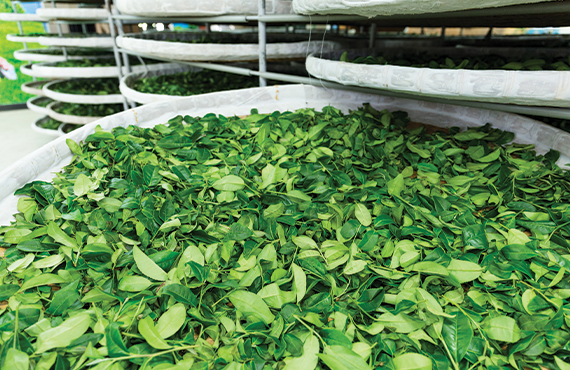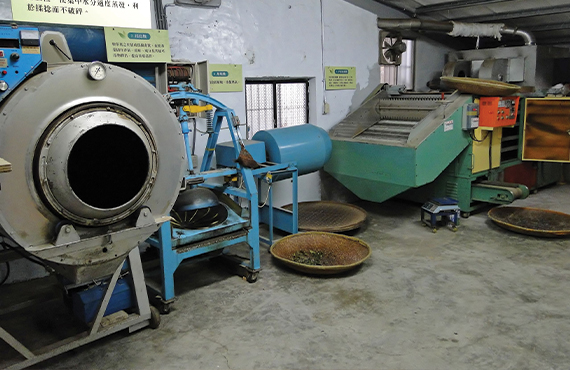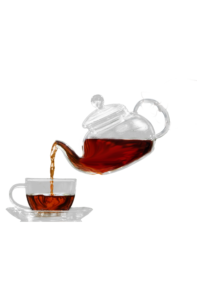Tea Story
Tea Story
Leaf Picking Stage for Tea.
The tea bush is native to Southeast Asia and thrives in tropical climates. Sri Lanka is one of the first countries to produce it. The mature tea leaves that including one terminal bud and two young leaves are harvested from the camellia bushes twice a year during early spring, early summer, or late spring.

Leaf Withering Stage for Tea
The tea leaves begin to wilt shortly after picking. Wilting is used to remove excess water from the leaves and significantly reduces the occurrence of oxidation. Leaves can be either placed in the sun or left in a room with a cool breeze to draw moisture from the leaves. Leaves sometimes lose more than a quarter of their weight due to water loss during withering. This process is also important in promoting the breakdown of leaf proteins into free amino acids and increases the availability of free caffeine. And both change the taste of tea.

Cutting Stage For Tea Leaves
The tea is crushed or shredded in order to promote and accelerate oxidation. Larger leaf shearing can be done by kneading, rolling, shredding, crushing, Usually by machines. This releases some leaf sap, Which may help with oxidation and alter the taste of tea.

Oxidation/Fermentation Stage For Tea
Leaves in a temperature-controlled room where they gradually darken. This process is sometimes referred to as “fermentation” in the tea industry. The tea producer chooses when to stop the oxidation, It depends on the desired qualities of the final tea as well as the weather conditions (heat and humidity). The degree of oxidation varies according to the final product, for example, for black tea, 100% oxidation occurs. Oxidation is very important in the formation of many flavor and aroma compounds. Which gives tea its burgundy color and strength. And its strong flavour.

Installation / Remove Greening Stage For Tea
The greening of the tea is removed to stop the oxidation of the tea leaves at the required level. This process is accomplished by mildly heating the tea leaves. Traditionally, the tea leaves are cooked in a pan or steamed, but with advances in technology, the greens are sometimes removed by roasting or “stirring” them in a crispy drum.

Installation / Formation Tea Stage
Roll wet tea leaves into curly strips by hand or with a rolling machine that rolls the tea around itself. This procedure causes some of the juices to escape from inside the leaves, which enhances the taste of the tea. The tea strips can then be converted into other shapes, such as being rolled into a spiral or other shapes.

Drying Tea Stage
The drying is done in order to “finish” the preparation of the tea in preparation for sale. This can be done in countless ways including by roasting in a pan, or exposure in the sun, or air dry, or Baking. Baking is usually the most popular.

Tasting Stage for Tea
The tea is tasted in Baeshen laboratories to ensure the flavor, texture, shape and color. This is done by the Shahi experts, to determine the best and most high quality, to be produced and delivered to the store shelves.

Enjoy


